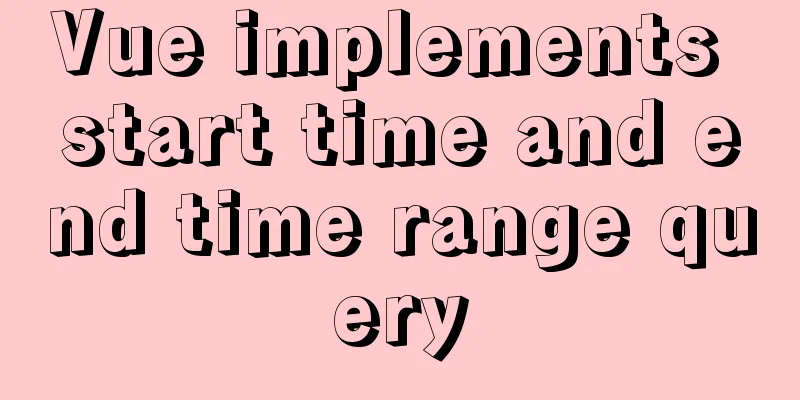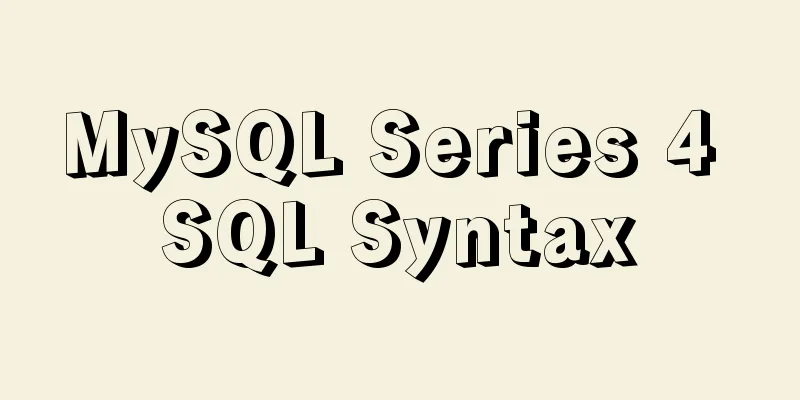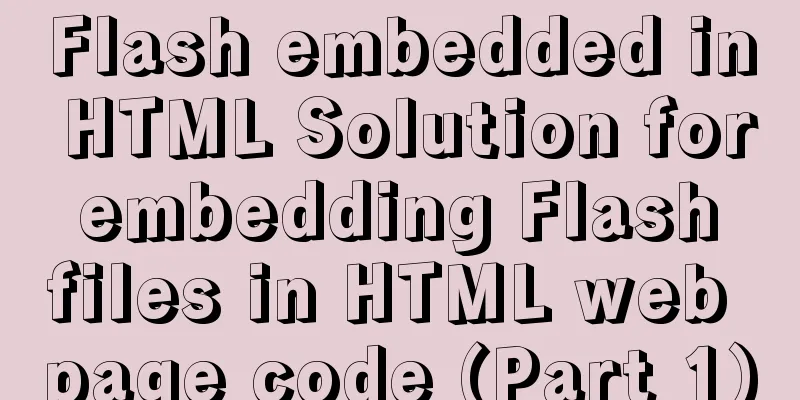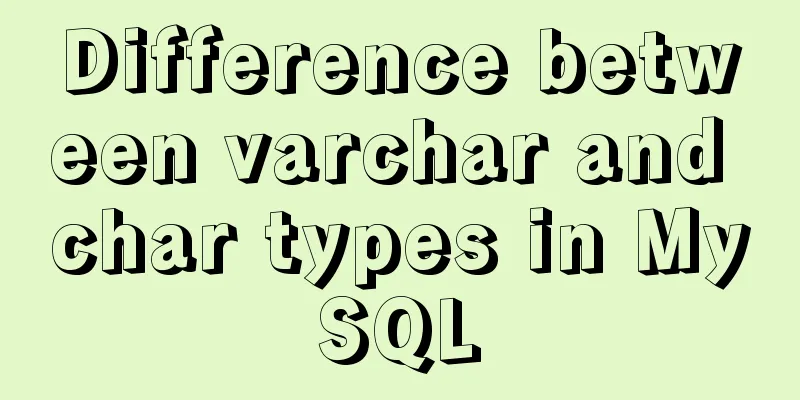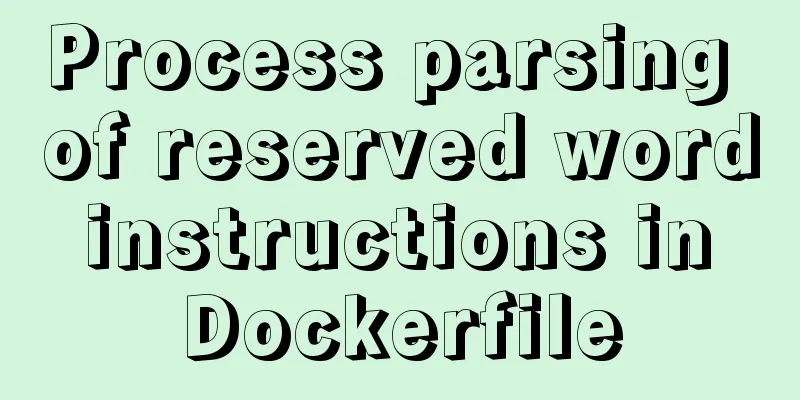In-depth reading and practice records of conditional types in TypeScript

|
In most programs, we have to make decisions based on input. TypeScript is no exception, using conditional types you can describe the relationship between input types and output types. Used for conditional judgmentWhen extends is used to express conditional judgment, the following rules can be summarized: If the types on both sides of extends are the same, extends can be understood semantically as ===, as shown in the following example: type result1 = 'a' extends 'abc' ? true : false // false type result2 = 123 extends 1 ? true : false // false If the type on the right side of extends contains the type on the left side of extends (that is, the narrow type extends the broad type), the result is true, otherwise it is false. You can refer to the following example: type result3 = string extends string | number ? true : false // true When extends is applied to an object, the more keys are specified in the object, the narrower the scope of its type definition. You can refer to the following example:
type result4 = { a: true, b: false } extends { a: true } ? true : false // true
Using conditional types in generic typesConsider the following Demo type definition: type Demo<T, U> = T extends U ? never : T Combined with the extends used in conditional judgment, we can know that 'a' | 'b' | 'c' extends 'a' is false, so the result of Demo<'a' | 'b' | 'c', 'a'> is 'a' | 'b' | 'c'?
That is, when the conditional type acts on a generic type, the union type will be split and used. That is, Demo<'a' | 'b' | 'c', 'a'> will be split into 'a' extends 'a', 'b' extends 'a', 'c' extends 'a'. In pseudocode it is similar to:
function Demo(T, U) {
return T.map(val => {
if (val !== U) return val
return 'never'
})
}
Demo(['a', 'b', 'c'], 'a') // ['never', 'b', 'c']
Furthermore, according to the definition of the never type - the never type is assignable to every type, but no type is assignable to never (except never itself). That is, never | 'b' | 'c' is equivalent to 'b' | 'c'. Therefore, the result of Demo<'a' | 'b' | 'c', 'a'> is not 'a' | 'b' | 'c' but 'b' | 'c'. Tool TypeCareful readers may have discovered that the declaration process of the Demo type is actually the implementation principle of Exclude<Type, ExcludedUnion> in the tool type officially provided by TypeScript, which is used to exclude the union type ExcludedUnion from the Type type. type T = Demo<'a' | 'b' | 'c', 'a'> // T: 'b' | 'c' Based on the Demo type definition, you can further implement Omit<Type, Keys> in the official tool type, which is used to remove the object Type
type Omit<Type, Keys> = {
[P in Demo<keyof Type, Keys>]: Type<P>
}
interface Todo {
title: string;
description: string;
completed: boolean;
}
type T = Omit<Todo, 'description'> // T: { title: string; completed: boolean }
Escape PodIf you want the result of Demo<'a' | 'b' | 'c', 'a'> to be 'a' | 'b' | 'c', is it possible? According to the official website description:
If you don't want to iterate over every type in the generic, you can enclose the generic in square brackets to indicate the whole part that uses the generic. type Demo<T, U> = [T] extends [U] ? never : T // result is of type 'a' | 'b' | 'c' type result = Demo<'a' | 'b' | 'c', 'a'> Using conditional types in arrow functionsWhen using ternary expressions in arrow functions, the left-to-right reading habit makes the function content area confusing if it is not enclosed in parentheses. For example, in the following code, is x a function type or a Boolean type? // The intent is not clear. var x = a => 1 ? true : false In the eslint rule no-confusing-arrow, the following is recommended: var x = a => (1 ? true : false) In TypeScript type definitions, if extends is used in arrow functions, the same is true. Due to the left-to-right reading habit, readers may be confused about the execution order of type codes. type Curry<P extends any[], R> = (arg: Head<P>) => HasTail<P> extends true ? Curry<Tail<P>, R> : R Therefore, it is recommended to add parentheses when using extends in arrow functions, which is very helpful for code review. type Curry<P extends any[], R> = (arg: Head<P>) => (HasTail<P> extends true ? Curry<Tail<P>, R> : R) Using conditional types with type inference In TypeScript, the type infer syntax is usually used in conjunction with extends. Use it to achieve the purpose of automatically inferring types. For example, it can be used to implement the tool type ReturnType<Type>, which is used to return the return type of the function Type. type ReturnType<T extends Function> = T extends (...args: any) => infer U ? U : never MyReturnType<() => string> // string MyReturnType<() => Promise<boolean> // Promise<boolean> Combining extends with type inference can also implement array-related Pop<T>, Shift<T>, and Reverse<T> tool types. Pop<T>: type Pop<T extends any[]> = T extends [...infer ExceptLast, any] ? ExceptLast : never type T = Pop<[3, 2, 1]> // T: [3, 2] Shift<T>: type Shift<T extends any[]> = T extends [infer _, ...infer O] ? O : never type T = Shift<[3, 2, 1]> // T: [2, 1] Reverse<T> type Reverse<T> = T extends [infer F, ...infer Others] ? [...Reverse<Others>, F] : [] type T = Reverse<['a', 'b']> // T: ['b', 'a'] Use conditional types to determine if two types are completely equalWe can also use conditional types to determine whether types A and B are completely equal. There are currently two main solutions in the community: Solution 1: Refer to issue.
export type Equal1<T, S> =
[T] extends [S] ? (
[S] extends [T] ? true : false
) : false
The only drawback of this solution at present is that it will judge any type as equal to any other type.
type T = Equal1<{x:any}, {x:number}> // T: true
Solution 2: Refer to issue. export type Equal2<X, Y> = (<T>() => T extends X ? 1 : 2) extends (<U>() => U extends Y ? 1 : 2) ? true : false The only shortcoming of this solution is that it has some flaws in the handling of intersection types.
type T = Equal2<{x:1} & {y:2}, {x:1, y:2}> // false
The above two methods of judging whether types are equal are subject to different opinions, and the author is just throwing out some ideas to stimulate discussion. SummarizeThis concludes this article on the intensive reading and practice of conditional types in TypeScript. For more relevant TypeScript conditional types content, please search for previous articles on 123WORDPRESS.COM or continue to browse the following related articles. I hope everyone will support 123WORDPRESS.COM in the future! You may also be interested in:
|
<<: 6 solutions to IDEA's inability to connect to the MySQL database
>>: Detailed steps to install Nginx on Linux
Recommend
Several methods to execute sql files under mysql command line
Table of contents The first method: When the MySQ...
About the selection of time date type and string type in MySQL
Table of contents 1. Usage of DATETIME and TIMEST...
How to set up vscode remote connection to server docker container
Table of contents Pull the image Run the image (g...
MySQL's method of dealing with duplicate data (preventing and deleting)
Some MySQL tables may contain duplicate records. ...
When catalina.bat is set to UTF-8 in Tomcat, garbled characters appear on the console
1. The catalina.bat must be set to UTF-8. If I do...
mysql show simple operation example
This article describes the mysql show operation w...
JavaScript implements asynchronous acquisition of form data
This article example shares the specific code for...
Detailed explanation of Vue's monitoring method case
Monitoring method in Vue watch Notice Name: You s...
Detailed tutorial on installing Docker on CentOS 7.5
Introduction to Docker Docker is an open source c...
The implementation principle of Zabbix dynamic execution monitoring collection script
When using Zabbix custom scripts to collect monit...
Detailed example of using the distinct method in MySQL
A distinct Meaning: distinct is used to query the...
How to start Vue project with M1 pro chip
Table of contents introduction Install Homebrew I...
Solution to the data asymmetry problem between MySQL and Elasticsearch
Solution to the data asymmetry problem between My...
Vue-router example code for dynamically generating navigation menus based on backend permissions
Table of contents Vue.js 1. Register global guard...
How to encapsulate axios in Vue project (unified management of http requests)
1. Requirements When using the Vue.js framework t...
